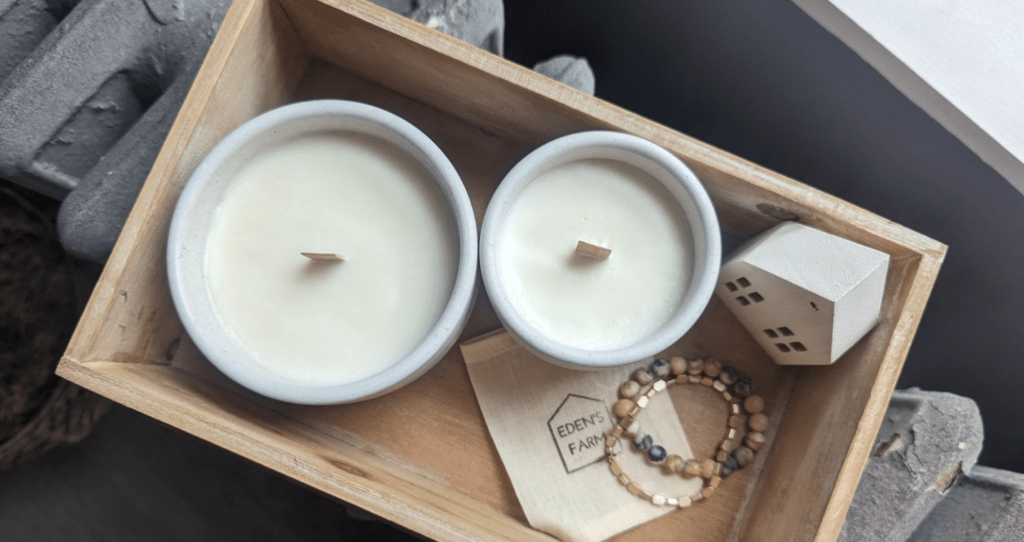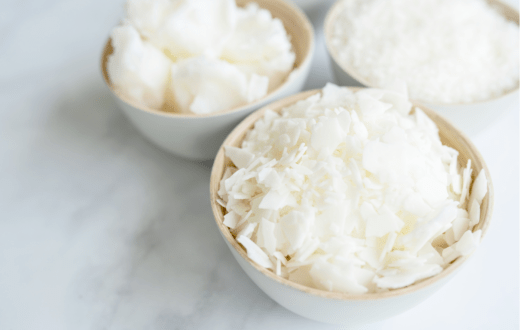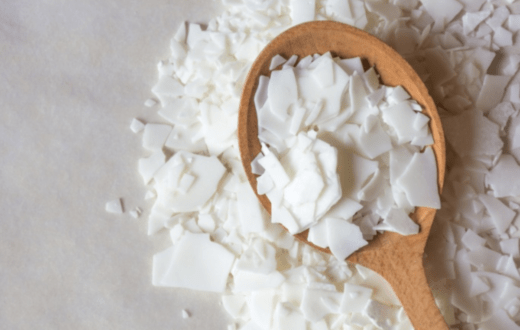
How significant is a Candle’s Cold Throw?
Candle enthusiasts often find themselves lost in the vast array of options available in the market. Beyond the aesthetic appeal and pleasing ambiance candles create, there’s a lesser-known aspect that plays a crucial role in the overall candle experience – the candle cold throw.
Understanding Cold Throw
The term “cold throw” refers to the scent a candle emits when it’s unlit or ‘cold.’ Unlike the hot throw, which is the fragrance released when the candle is burning, the cold throw provides insights into the candle’s aroma without any heat involved. While the hot throw is undoubtedly important for creating a fragrant atmosphere during burning, the cold throw can influence your overall candle experience, especially when choosing a candle for decorative purposes or as a gift.

Significance of Cold Throw

First Impressions Matter
The cold throw is the first impression you get when encountering a candle, whether in a store or upon opening a new package. A strong and appealing cold throw can captivate your senses, influencing your decision to purchase or use a particular candle.
Aroma Consistency
A well-formulated candle should maintain its fragrance profile consistently from cold to hot throw. If the cold throw is significantly different from the hot throw, it may indicate a disparity in the quality of the fragrance oil or the wax composition.
Quality of Ingredients
The cold throw can be a litmus test for the quality of both the wax and fragrance used in a candle. Premium-quality wax and fragrance oils are more likely to deliver a robust and pleasant cold throw, showcasing the attention to detail put into crafting the candle.
Want to know where I purchase my favorite, high quality candle scents and fragrances? Check out Nature’s Garden Candle Co.
The quality of the fragrance oil is paramount in determining the cold throw of a candle. High-quality oils with a well-balanced blend of top, middle, and base notes will offer a more pronounced and appealing cold throw. Cheaper or poorly formulated fragrance oils may result in a weaker or even unpleasant scent when the candle is unlit.
Evaporation Rate

The cold throw can also offer insights into the candle’s evaporation rate. If a candle’s cold throw is weak or dissipates quickly, it may suggest that the fragrance oil evaporates too rapidly, potentially affecting the overall longevity and performance of the candle.
When a candle is unlit, the fragrance oil gradually evaporates into the surrounding air. Fragrance oils with a balanced evaporation rate release a consistent and pleasant aroma. However, oils with a high evaporation rate may result in a fleeting cold throw, leaving the room scentless after a short period.
Tips for Enhancing Cold Throw:
- Choose Quality Ingredients: Opt for candles made with high-quality wax and fragrance oils for a better cold throw.
- Proper Wick Selection: The wick size and type can influence the temperature at which the candle burns, impacting the cold and hot throw.
- Allow for Cure Time: Some candles require a curing period for the fragrance to fully develop. Be patient and allow your candles to rest before judging their cold throw.
Wax Type and Blending
Different waxes have distinct characteristics, and the cold throw can reveal the compatibility of the chosen wax with the fragrance. Some waxes may enhance the cold throw by holding and releasing the fragrance more effectively, contributing to a more satisfying olfactory experience.

The type of wax used in a candle significantly influences its cold throw. Different waxes, such as paraffin, soy, beeswax, and palm, have unique characteristics that impact how well they hold and release fragrance when cold. For example, soy wax is known for its excellent cold throw, emitting a subtle and pleasant scent even before being lit. On the other hand, paraffin wax might have a stronger cold throw but can also be influenced by the quality of fragrance oil used.
- Soy Wax: Soy wax, derived from soybeans, is known for its excellent fragrance throw. It has a clean and natural base that allows for a strong cold throw, making it an ideal choice for those who prioritize scent even when the candle is unlit. (Here’s my favorite wax I purchase)
- Paraffin Wax: Paraffin wax is a traditional choice with a strong hot throw. However, its cold throw might not be as potent as that of soy wax. Blending paraffin with other waxes or additives can enhance the cold throw.
- Beeswax: Beeswax has a subtle and natural scent on its own. While its cold throw may be milder, it contributes a unique fragrance that complements other scents well.
Not quite sure which type of candle wax to use? Check out my comprehensive guide on the types of wax out there and which is best for your needs.
To maximize the cold throw of your candles, consider these blending techniques:
- Mixing Waxes: Experiment with different wax blends to find the right combination for your desired cold throw. Combining soy wax with paraffin or beeswax can create a balance between a strong cold throw and other desirable candle properties.
- Fragrance Oil Selection: Choose high-quality fragrance oils designed for cold throw performance. Some oils are specifically formulated to be more noticeable when the candle is unlit.
- Additives: Incorporate additives like Vybar or stearic acid to enhance the fragrance throw. These substances can improve scent dispersion and longevity.

In the intricate world of candle making, the cold throw plays a significant role in shaping our perception of a candle. While the hot throw is essential for creating a delightful atmosphere during burning, the cold throw offers valuable insights into the quality of the wax and fragrance. As a consumer, paying attention to the cold throw can lead to more informed choices, ensuring that the candles you bring into your space not only look beautiful but also deliver a consistently pleasing aromatic experience.



